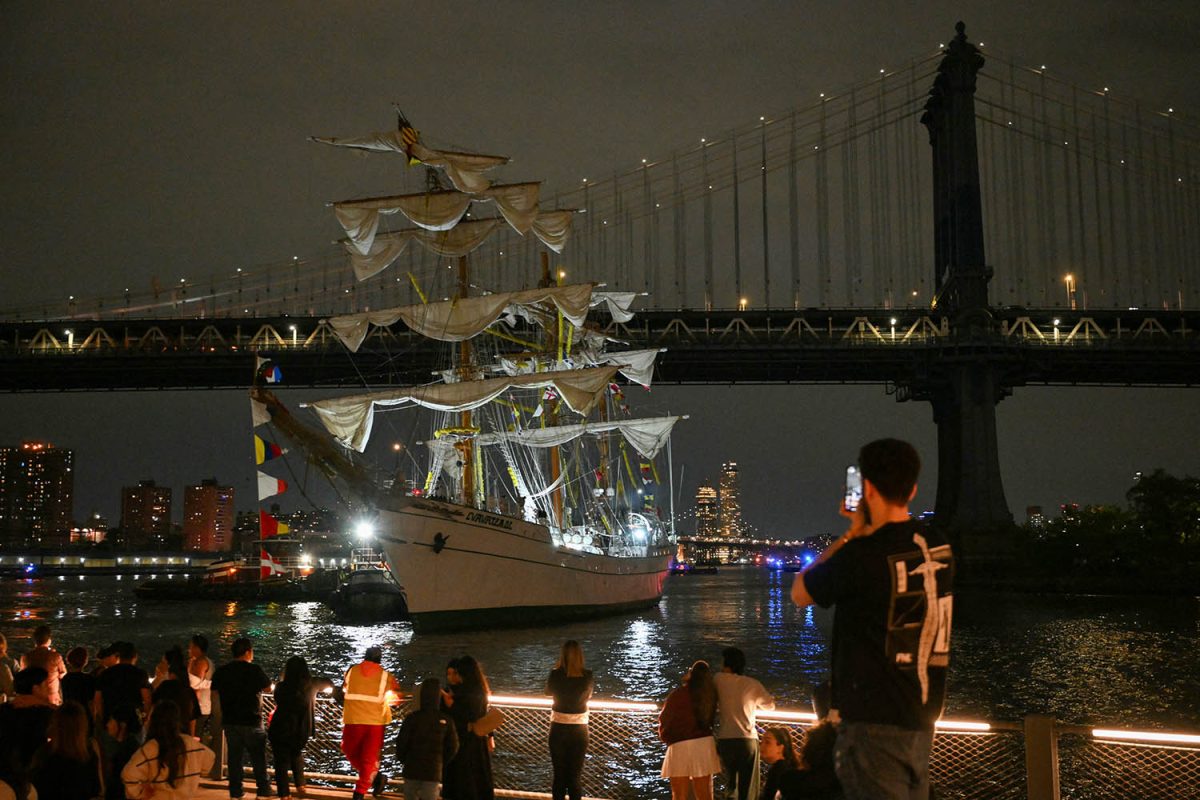The beginning of this year has already been incredible regarding astronomical events, here’s a little reminder of what happened.
The first notable event of the year peaked on January 3rd and 4th, the Quadrantids meteor shower peaked, this shower has an above-average rate of around 40 meteors per hour and happens because of grains left behind by the comet known as 2003 EH1, on the 11th was the new moon and on the 25th the full “wolf” moon.
In February not much happened other than the full moon and the new moon. In March the equinox occurred and mercury reached its greatest eastern elongation, on march 25th a beautiful penumbral lunar eclipse took place.
April was an incredible month. First of all, the great American solar eclipse happened, this event is one of the rarest that can happen and will only happen again in North America in a long time. The Lyrids meteor shower also took place, it produced an average of 20 meteors per hour. The particles that enter the atmosphere are debris from comet C/1861 G1 Thatcher. On the 23rd the full “pink” moon rose. Even tho the name says pink, it’s just a name to recognize it more easily.
May was an exhilarating month, first of all, a huge solar storm occurred. This caused the sun to eject matter toward the earth and it created one of the most magnificent events of the year: auroras. These auroras were visible in locations where they were not commonly seen, and they amazed thousands of people. On May 6th and 7th, the Eta Aquarids meteor shower took place, it is also an above-average shower, with it producing up to 60 meteors per hour and the debris entering the atmosphere comes from the famous Halley’s comet. This event produced some incredible meteors and was an unforgivable event. On May 23rd the full “Flower” moon also took place.
The rest of the year holds many more incredible events such as the Perseids, many full moons and a new comet. This year will be beautiful for space enthusiasts and stargazers.







